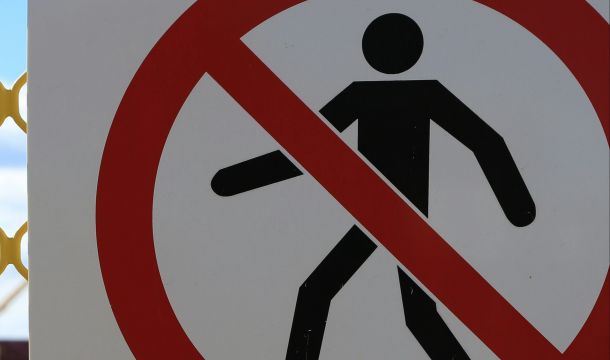A MAJORITY OF STATES NOW RIGHT-TO-WORK
West Virginia is due to become the 26th right-to-work state as of July 1, 2016. Right-to-work laws prohibit employers from requiring workers to pay union dues as a condition of employment. While Democratic state legislators argued that right-to-work laws hurt unions and working families, others say that right-to-work laws promote economic development and economic freedom. West Virginia is the fourth state in four years to enact a right-to-work law, the others being Indiana in 2012, Michigan in 2013, and Wisconsin in 2015.
Two other developments concerning right-to-work laws should be noted. On March 29, 2016, the U.S. Supreme Court in a 4-4 deadlocked ruling let stand a lower court ruling allowing unions to collect mandatory dues from government employees they represent, a practice allowed in more than 20 states. Friedrichs v. California Teachers' Association, 578 U.S. ______ (2016). The case was brought by a religious group and a teachers' group who contended that it violated their constitutional rights to have to pay dues for functions such as collective bargaining, which is a form of political speech they should not have to support. It was argued that many teachers strongly disagree with the union position on teacher tenure, merit pay, merit promotion, and other such issues. Prior to the death of Justice Scalia, it was widely predicted that the then five-Justice conservative majority would reduce the power of public employee unions to require employees to pay union dues or "fair share fees." The deadlock among the Justices demonstrates how much one Justice can affect the ultimate outcome of a case at the Supreme Court level. Public sector unions have been large contributors to Democrats and an adverse ruling would have adversely affected their political power and their membership. About 7.2 million employees in the U.S. belong to a public-sector union, compared with about 7.6 million union members in the private sector.
In the other development, reportedly some counties or municipalities in Illinois, along with Kentucky, have passed local right-to-work legislation. Section 14(b) allows states to pass such legislation, and cases are being litigated whether this right extends to subdivisions of the states such as counties.
In 2015, union membership as a percentage of the U.S. work force remained unchanged at approximately 11%. Membership in the private sector grew slightly to 6.7% from 6.6%. Membership in the public sector dropped from 35.7% to 35.2%. Some states, such as Wisconsin, have enacted right-to-work legislation for public sector workers, resulting in a reduction in public union membership in Wisconsin from 11.7% to 8.3%.
Related Content
Get Email Updates
Recent Content

TPS Update (as of 9/3/2025)

DOL To Shut Down OFCCP and Transfer Duties to EEOC

Meaning of Supreme Court Ruling Limiting Nationwide Injunctions in Birthright Case

In Spite of Adminstration Changes, Monitoring of the Workplace Continues to Create Legal Issues

The Importance of Corporate Culture
